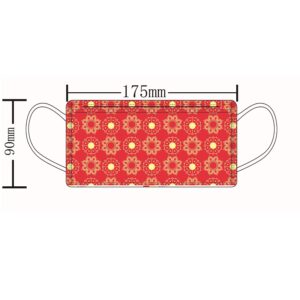Face mask nonwoven fabric work by providing a barrier layer that filters out particles while still allowing breathability. Some key points about how they function:
Made of microfibers.
Face mask nonwovens are made of extremely fine microfibers, typically polypropylene, polyester or cellulose. These tiny fibers have a high surface area, which helps capture particles. But they are still small enough not to significantly impede breathing.
Electrostatic charge.
Some nonwoven masks use fibers that develop an electrostatic charge, which helps attract and trap particles as air is drawn through the mask. The electrostatic effect enhances filtration.
Dense web structure.
A tight, dense web of microfibers provides the most surface area for filtration. Loosely woven or non-dense webs will not filter as well. But the web must still allow for adequate breathability. It’s a balance of density, surface area and porosity.
Layered laminates.
Some face masks use multiple layers of nonwoven webs laminated together for improved filtration. For example, a microfiber layer for particle capture, a filter layer with electrostatic charge, and a barrier layer with hydrophilic membranes. Laminates can achieve very high filtration rates.

Small micron ratings.
Face mask nonwovens aim for tight micron ratings, e.g. 3-5 microns, to effectively capture particles like bacteria, viruses, dust mites and pollen. These small particles are able to infiltrate through sparse weave looser materials.
Hydrophobic membrane.
A protective hydrophobic membrane, like polyurethane, is sometimes laminated to the nonwoven web. This membrane helps repel fluids while still allowing water vapor to pass through, creating an effective barrier against droplets and splashes.
Breathability.
For comfort, the nonwoven and any laminates must still allow for adequate breathability and prevent overheating. While filtering particles, the material must not completely block airflow or be non-breathable. So, a balance of filtration and breathability is key.
Efficiency.
The overall efficiency of a face mask nonwoven depends on its density, fiber material, micron rating, web construction, charged membranes or laminates, and breathability. By optimizing these factors, nonwovens can achieve high filtration efficiencies for particle capture while still being breathable enough for extended wear.